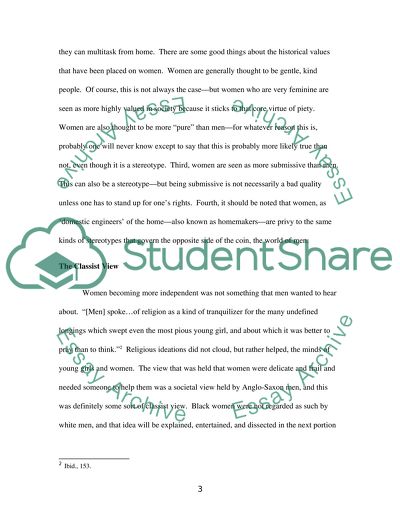Cite this document
(“The Impact of the Nineteenth-Century Ideal of True Womanhood Essay”, n.d.)
The Impact of the Nineteenth-Century Ideal of True Womanhood Essay. Retrieved from https://studentshare.org/history/1435908-discuss-the-impact-of-the-nineteenth-century-ideal
The Impact of the Nineteenth-Century Ideal of True Womanhood Essay. Retrieved from https://studentshare.org/history/1435908-discuss-the-impact-of-the-nineteenth-century-ideal
(The Impact of the Nineteenth-Century Ideal of True Womanhood Essay)
The Impact of the Nineteenth-Century Ideal of True Womanhood Essay. https://studentshare.org/history/1435908-discuss-the-impact-of-the-nineteenth-century-ideal.
The Impact of the Nineteenth-Century Ideal of True Womanhood Essay. https://studentshare.org/history/1435908-discuss-the-impact-of-the-nineteenth-century-ideal.
“The Impact of the Nineteenth-Century Ideal of True Womanhood Essay”, n.d. https://studentshare.org/history/1435908-discuss-the-impact-of-the-nineteenth-century-ideal.


